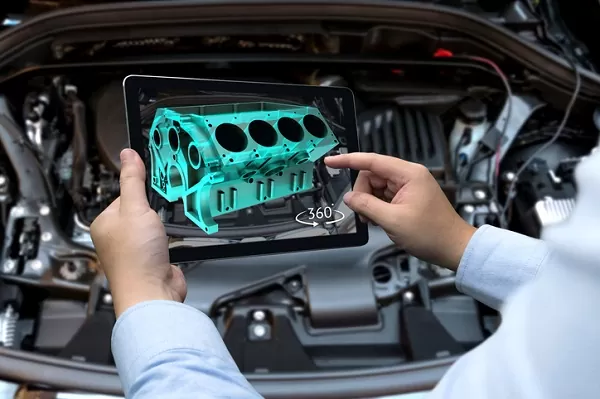One of the scariest things that can happen to a driver is losing control of their car. This can be due to any number of factors, such as a blown tire, ice on the road, or even something as simple as a gust of wind. When this happens, it’s important to stay calm and take steps to get the car under control again.
One way a car can lose control is when it starts to do something called “Fishtailing”.
Fishtailing in a car is no joke. It can be very dangerous and often leads to accidents. In this blog post, we will explain what fishtailing is, what causes it, and how to get your car back under control if it starts to fishtail.
What Does Fishtailing Mean?
Fishtailing is a dangerous condition that can occur while driving, and it’s important to know what causes it so you can avoid it. Fishtailing happens when the back end of your car starts to slide out, and it can be caused by a number of things. If you’re driving on wet or icy roads, fishtailing is more likely to happen. speeding, sudden turns, and even brake-checking can also cause your car to fishtail.
What Causes A Car To Fishtail?
There are many factors that can contribute to a car losing control and starting to fishtail. Some of these factors may include the following:
-The condition of the road surface
-The type of tires on the car
-The weight and size of the vehicle
-How fast the car is travelling
If any of these factors are not optimal, it can lead to the car start fishtailing. For example, if there is a lot of water or ice on the road, this can cause the car to lose traction and start spinning out of control. Similarly, if the tires are worn down or mismatched, this can also result in poor traction. Additionally, if the car is travelling too quickly for its size and weight, it may also start to fishtail.
What Should You Do If Your Car Starts To Fishtail
If your car starts to fishtail, the first thing you should do is try to stay calm. This can be difficult to do when you’re in a panicked state, but it’s important to keep a level head. If you start to panic, it will only make the situation worse.
The next thing you need to do is ease off the accelerator and try to straighten out the wheel. If you’re turning when you start to fishtail, turn into the direction of the skid. For example, if your car starts to skid to the right, turn the wheel to the right as well. This might seem counterintuitive, but it will help you get back under control.
If your car has an anti-lock braking system (ABS), you should use it. When you hit the brakes, keep them pressed until the car has stopped skidding. If your car doesn’t have ABS, continue to pump the brakes.
Once the car has stopped skidding, put your foot back on the accelerator and drive carefully until you reach a safe place to pull over. Congratulations – you’ve just survived a fishtail Situation!
How To Avoid Fishtailing In A Car
There are many ways to prevent fishtailing from happening. For example, drivers can slow down when travelling on slick roads, and make sure to maintain a safe following distance behind other vehicles.
They can also ensure that their tires are in good condition and properly inflated. Lastly, they can avoid sudden braking or lane changes, which can cause the car to lose control.
If you do find yourself in a situation where your car starts to fishtail, the best thing to do is stay calm and try not to panic. gently steer into the direction of the skid until you regain control of the vehicle.
Importance Of Tire Condition And Car Control
One of the most important aspects of car safety is making sure that your tires are always in good condition. You can never be too careful when it comes to ensuring that you have complete control over your vehicle while on the road. Here are a few reasons why it’s so important to keep an eye on your tires:
– Tires that aren’t properly inflated can cause the car to lose traction, leading to a dangerous situation on the road.
– Worn out or damaged tires can easily lead to a blowout, which could send you and your car careening off the road.
– Even if your tires look okay, they may not be providing enough grip for safe driving conditions. In cold weather, for example, tires can lose some of their elasticity and become more susceptible to damage.
So make sure you check your tires regularly and never hesitate to get them replaced if they show any signs of wear and tear. It’s always better to be safe than sorry when it comes to something as important as your safety on the road.
Go Home








